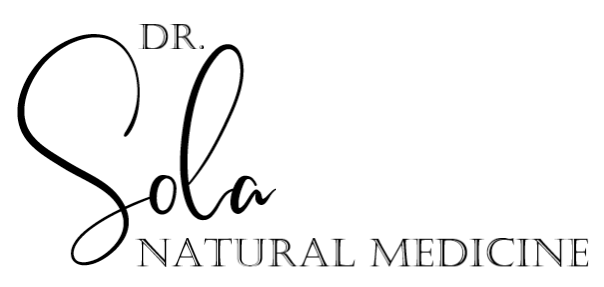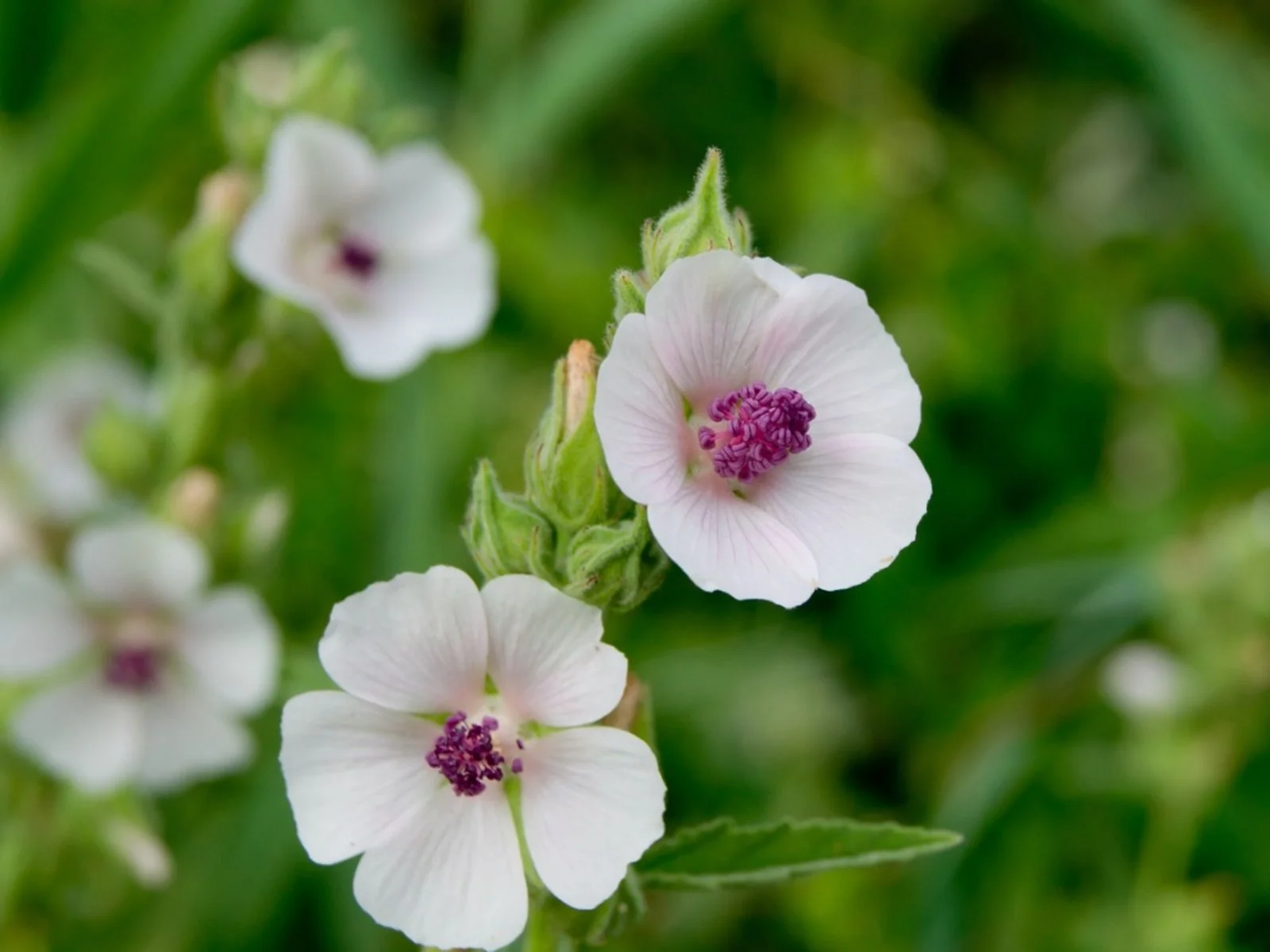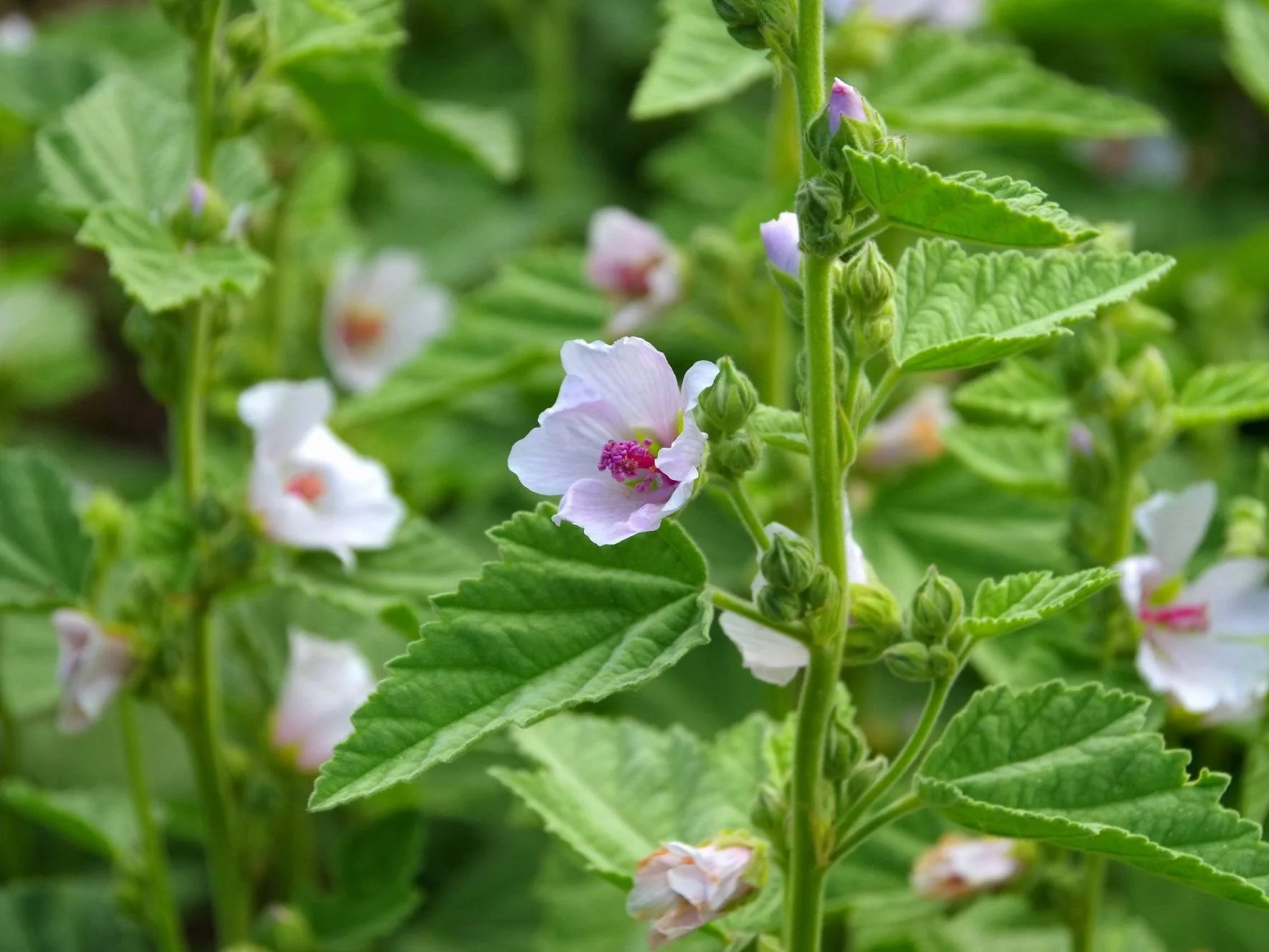
Althea officinalis
Common Name: Marshmallow
Family: Malvaceae (Mallow family)
Parts used: Root
Constituents: Polysaccharides, mucilage, starch, pectin, saccharose, flavonoids, phenolic acids, and coumarins
Taste/smell: Mucilaginous, nutritious, slightly sweet
Tendencies: Moistening, soothing, cooling
Actions
Demulcent in GI tract, reflux, lungs, and urinary tract
Emollient
Antispasmodic
Anti-inflammatory
Mild diuretic
Uses
Demulcent:
Gastritis
Colitis
Acid reflux/GERD
Peptic ulcer
Interstitial cystitis
Lower UTI
Pharyngitis
Sore throat
Tonsillitis
Dry cough
Bronchitis
Acute respiratory tract disorders
Inflammation of the mouth, throat, stomach, intestines, bladder, kidney, and urethra
Topical Anti-inflammatory:
Wounds
Burns
Ulcers
All inflammatory skin disorders
Contraindications
Wet cough
Adverse Effects
None
Toxicity
None
Interactions
Polysaccharides may, theoretically, reduce the absorption of many oral drugs taken simultaneously due to its mucilage content
References:
Brinker, Francis J. Herbal Contraindications and Drug Interactions plus: Herbal Adjuncts with Medicines. Eclectic Medical Publications, 2010.
Kaufmann, Taylor. NPLEX II Study Guide. Wild Brilliance Press, 2019.
Lun, Vincent, et al. Core Knowledge for NPLEX 2. 1st ed., Marano Publishing Incorporated, 2014.
Marciano, Marisa, and Nikita A. Vizniak. Evidence Informed Botanical Medicine. Professional Health Systems Inc., 2015.
Sherman, John. The Complete Botanical Prescriber. Four Seasons Pub.
Skenderi, Gazmend. Herbal Vade Mecum: 800 Herbs, Spices, Essential Oils, Lipids, Etc., Constituents, Properties, Uses, and Caution. Herbacy Press, 2004.
Tilgner, Sharol. Herbal Medicine: From the Heart of the Earth. Wise Acres, 2020.






